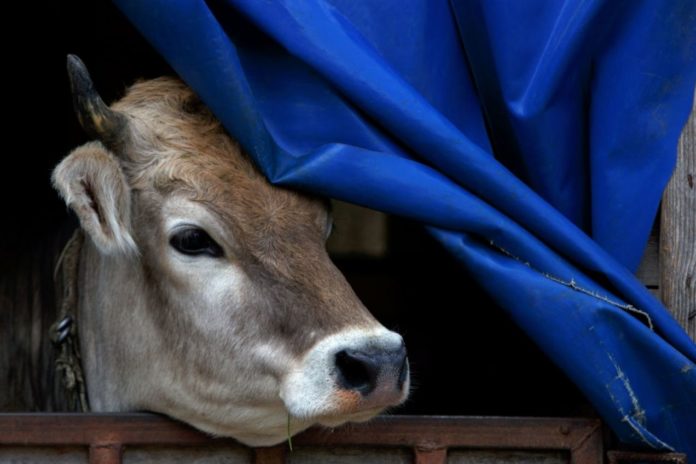Cows can pass on the poison Hypoglycine A through their milk. This is shown by a new study by the Martin Luther University Halle-Wittenberg (MLU) and the Leibniz Institute for Plant Biochemistry (IPB).
The substance can cause severe symptoms of poisoning in humans and animals. The researchers have now detected small amounts of the poison in the raw milk of cows.
Hypoglycine A is found in high concentrations, especially in unripe akee and lychee fruits as well as in the seeds and seedlings of various maple trees. The latter includes, for example, the sycamore maple, which is widespread in Europe. In humans, the poison can cause serious diseases.
- Does This Mean We Stopped Being Animal and Started Being Human Due to ‘Copy Paste’ Errors?
- The One Lifestyle Choice That Could Reduce Your Heart Disease Risk By More Than 22%
- Aging: This Is What Happens Inside Your Body Right After Exercise
- Immune-Boosting Drink that Mimics Fasting to Reduce Fat – Scientists ‘Were Surprised’ By New Findings
- Gun Violence in America: What They Don’t Talk About at the Debate
In 2017, an Indian research team was able to prove that the poison was responsible for the sudden death of several hundred children in the country who had previously eaten many lychees.
“The substance disrupts the energy metabolism in the body. A typical symptom in humans is a very low blood sugar level,” says Prof. Dr. Annette Zeyner from the Institute of Agricultural and Nutritional Sciences at MLU.
In 2013, it was also proven for horses that hypoglycin A from maple trees is responsible for the so-called atypical pasture myopathy – a hitherto mysterious, often fatal disease of some animals in grazing.
Together with Dr. Jörg Ziegler from the IPB, Zeyner and her team wanted to find out whether hypoglycine A can also be found in the raw milk of cows.
“Maple trees are widespread and grazing cows is very popular. In this respect, it seemed obvious that cows, similar to horses, eat seedlings or seeds of maple trees and thus also absorb the toxins of the maple tree,” explains Zeyner.
For the new study, the team examined samples from dairy farmers in northern Germany. Samples from the milk tanks or filling stations, which were provided directly by the farms, were analyzed.
“We did not examine samples from individual cows, but used the milk of several cows from collection tanks,” says Zeyner.
A special mass spectrometry method was used to analyze the samples, which can detect even the smallest amounts of a substance.
The result: “We only found hypoglycine A in the raw milk samples from the farm where a maple tree was standing in the pasture,” says Zeyner. The concentration of the substance was 17 and 69 micrograms per liter of milk.
“These are low and very different concentrations. But when you consider that there was only a single tree in the pasture and the samples came from a collection tank, it was surprising for us to be able to prove anything at all,” explains Zeyner. In contrast, the poison could not be found in the other samples.
“Our study shows for the first time that cows apparently ingest the poison from parts of the sycamore plant and transfer it to their milk. Many other questions follow this finding,” summarizes the researcher.
It is unclear, for example, how much of the poison the cows have to ingest so that detectable concentrations get into the milk.
Whether the substance is destroyed during the standard treatment of milk and its further processing into food, whether the low concentration is a cause for concern at all, and how this can possibly be prevented, must also be investigated in follow-up studies.
- Does This Mean We Stopped Being Animal and Started Being Human Due to ‘Copy Paste’ Errors?
- The One Lifestyle Choice That Could Reduce Your Heart Disease Risk By More Than 22%
- Aging: This Is What Happens Inside Your Body Right After Exercise
- Immune-Boosting Drink that Mimics Fasting to Reduce Fat – Scientists ‘Were Surprised’ By New Findings
- Gun Violence in America: What They Don’t Talk About at the Debate
The team describes its findings in the specialist journal “Toxins” and calls for further investigations in order to be able to realistically assess potential danger.
Photo By Serhii Hudak/ Ukrinform/Barcroft Media via Getty Images
